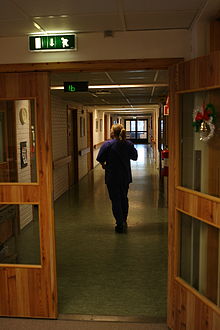Home Remodeling, Obeying Your Subdivision’s Restrictive Covenant

Some of the downsides to the agreement include clauses that prohibit your having a public waste receptacle (a.k.a. a dumpster) in you yard. Workmen can only gain access during specified areas in some communities. These are, of course, minor inconveniences compared to the restrictions placed upon what sort of changes you can make to your own home.
That’s right. Most homeowner’s associations in these communities have very specific guidelines as to the footprint each home is allowed to have. That means any remodeling has to be done within the context of your home’s existing footprint on the lot where it is built. To make it worse, many associations do not allow for excessive building up (adding stories) or the addition of porches, decks or other exterior living space.
Still, if you want to alter a home in a PUD, you have to abide by the rules. You agreed to them when you moved in. You pay your dues to keep them enforced. Just make sure you and your architect/contractor are fully familiar with them before you start the project. When undertaking a home remodeling within the confines of a PUD, obeying your subdivision’s restrictive covenant rules a big part of laying the foundation for a successful project.
